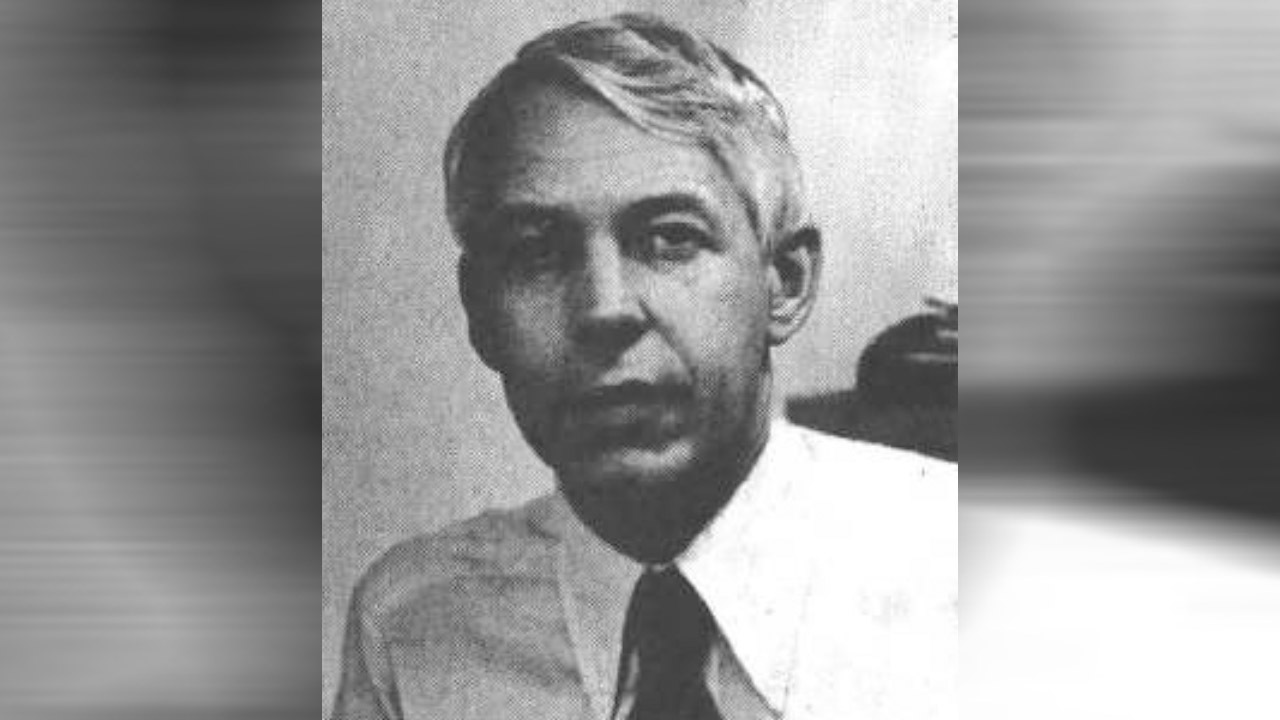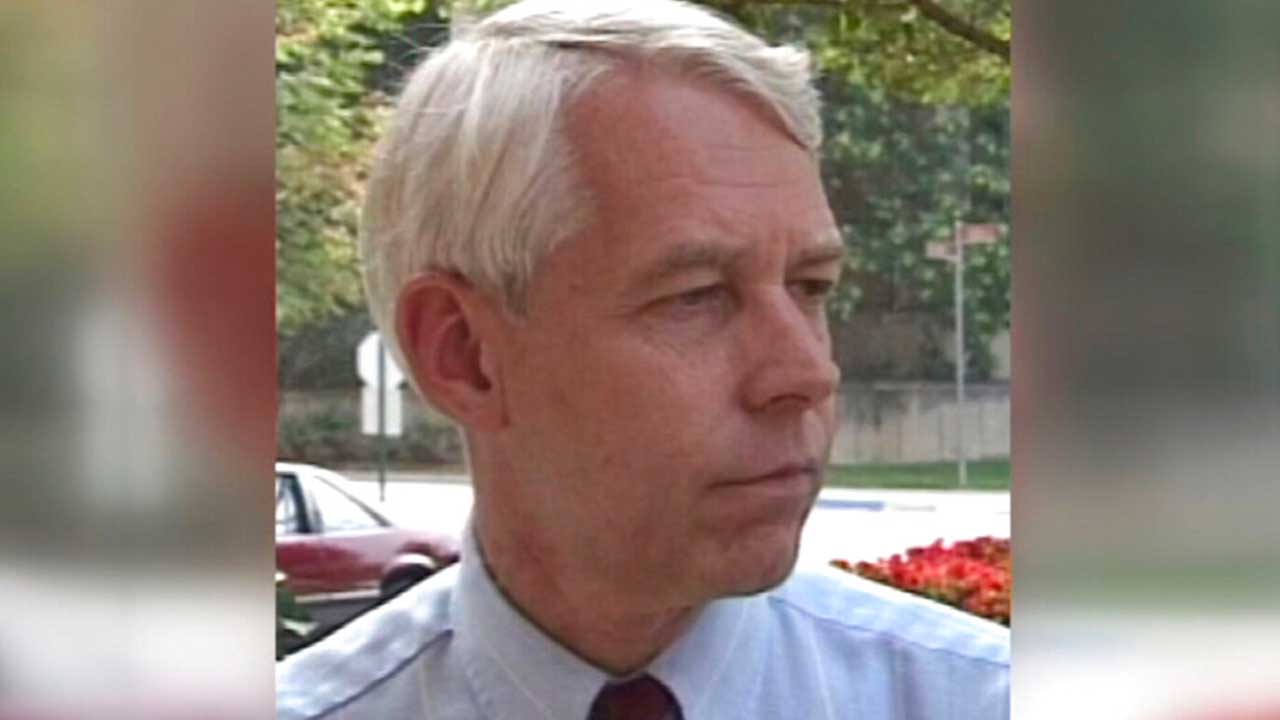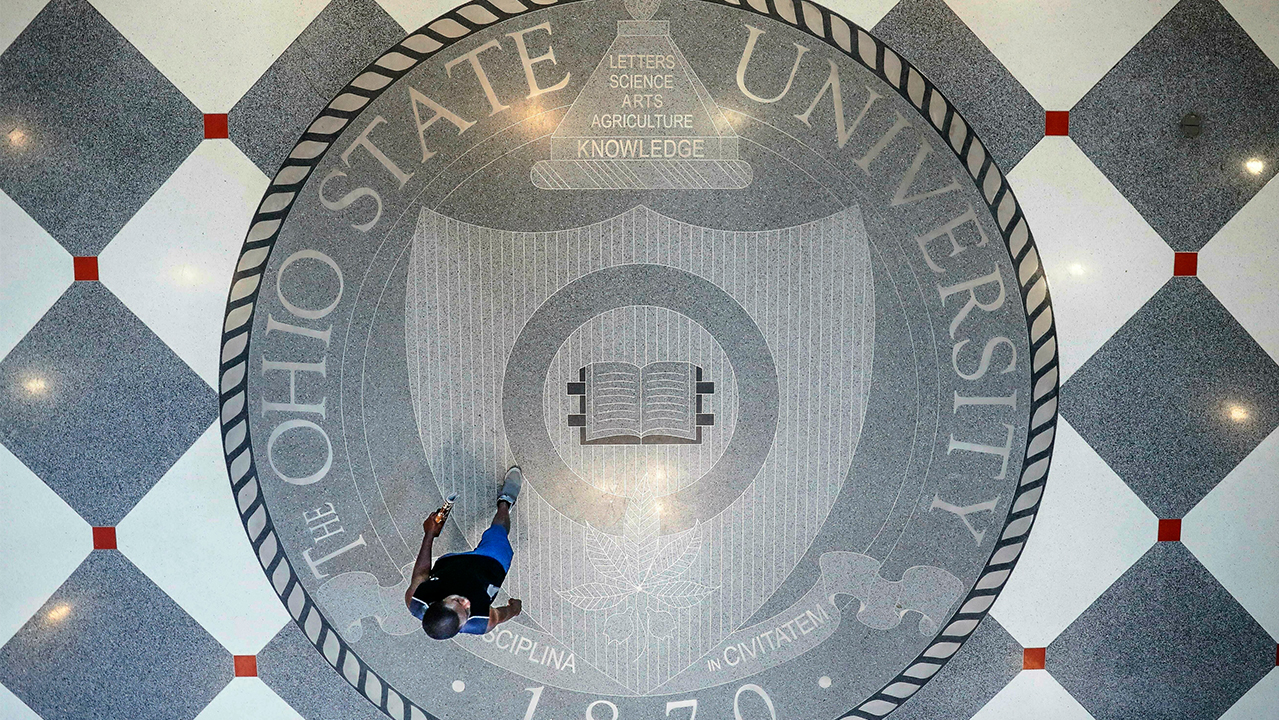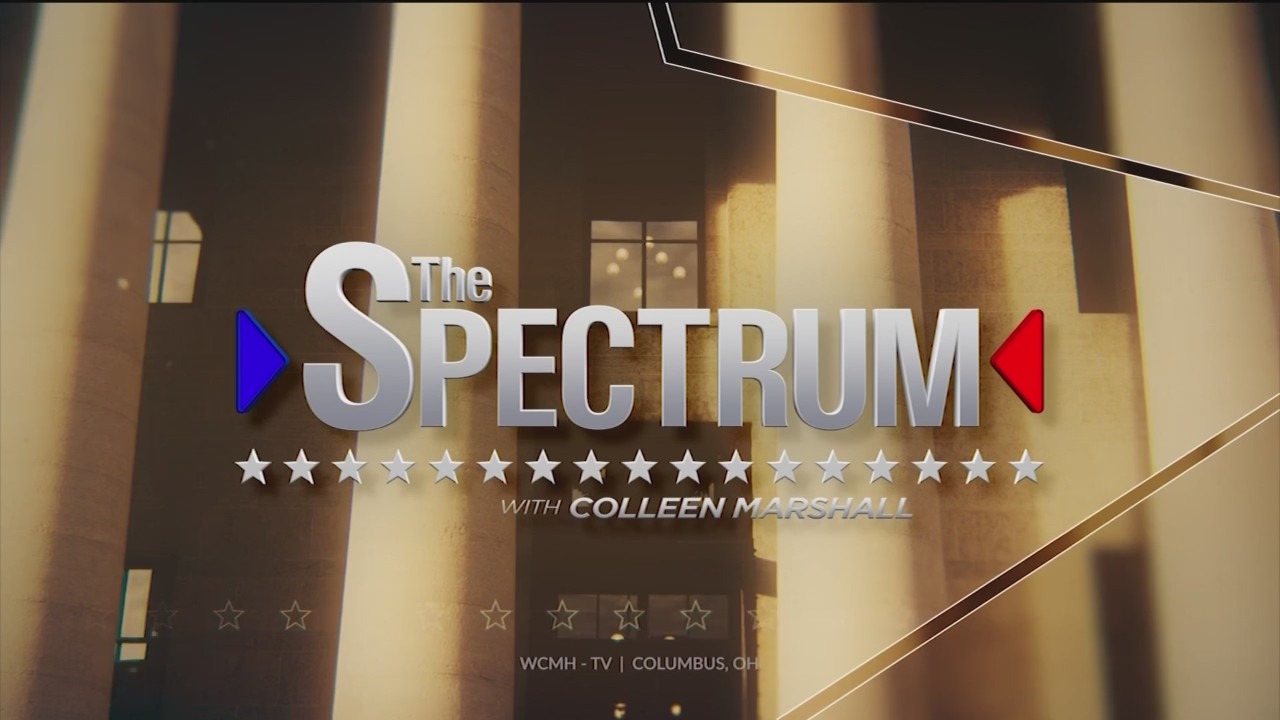COLUMBUS, Ohio (WCMH) – Five months after a federal judge declared that Title IX lawsuits against Ohio State University would move forward “aggressively,” the attorneys for survivors and the school cannot agree on a timeline – or other things required to proceed to trial.
Five attorney groups representing the more than 230 survivors of former Ohio State physician Richard Strauss are moving through litigation as a unit, seeking a number of things the university objects to. With outstanding questions in related cases that may impact the timeline of discovery, and disagreements over confidential information, depositions and deadlines, the lawsuits could go on until 2026, by both parties’ estimates.
Strauss was an Ohio State physician and varsity team sports doctor from 1978 to ’98. During his tenure, he sexually abused and harassed hundreds of victims — nearly all men — under the guise of medical exams.
Strauss died by suicide in 2005. Since 2018, more than 400 victims and their families have filed lawsuits against Ohio State for its failure to prevent and address the abuse, which an independent investigation found in 2019 that university officials were aware of as early as 1979. Ohio State has settled with 296 survivors for $60 million since 2020, including through a settlement program that individual survivors in the open cases may have elected to join.
The independent investigation, conducted by firm Perkins Coie, is the subject of a debated subpoena in a related case filed by some survivors represented by one of the attorney groups. Perkins Coie interviewed more than 500 people, including former students, administrators, coaches, doctors and university staff, and survivors’ attorneys want access to the firm’s investigation materials.
The court has resurrected Perkins Coie’s four-year-old motion to quash the subpoena, which cites attorney-client privilege, an undue burden to fulfill the request and the survivors’ right to privacy against the release of interview notes; the firm has until Friday to file another reply.
The survivors’ attorneys argue in court filings that the timeline of litigation against Ohio State hinges on the Perkins Coie materials, which may also point plaintiffs toward witnesses. The university’s attorneys claim the status of the subpoena is irrelevant to the group of cases ready for discovery, in part because Ohio State released the source records referenced in the Perkins Coie report.
Plaintiffs have established several different timelines, depending on whether the Perkins Coie materials are turned over and admissible in the five cases against Ohio State. In the earliest timeline, discovery closes at the end of May 2024, with pretrial conferences happening by February 2025. In the latest timeline – if Perkins Coie materials are not turned over – an 18-month discovery period ends in May 2025, and a pretrial conference happens in February or March 2026.
In the university’s proposed timeline, initial written discovery from each plaintiff is due in mid-January. Ohio State’s attorneys indicated in court filings they intend to file for summary judgment or make a number of other pretrial motions, including to limit the scope of damages survivors can recoup or render some survivors’ claims void. With time for that, the university proposed a discovery deadline of May 2025, with pretrial conferences happening in February 2026.
Survivors’ attorneys requested the court employ a bellwether approach to the trial – meaning a small number of plaintiffs from each attorney group will represent the whole bloc to reduce strain on the court. Under their proposal, factsheets would only be produced for bellwether plaintiffs.
A federal judge ruled Nov. 17 that the lawsuits would proceed under a bellwether approach, but striking a compromise between the parties, he ordered fact sheets for each of the 235 plaintiffs.
The judge will likely resolve other disputes – including whether Ohio State’s personnel records and other documents can be ruled confidential, how many hours of deposition survivors’ attorneys are entitled to and who should be deposed first – after a Dec. 15 conference.















